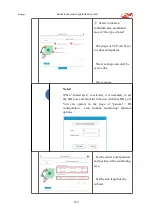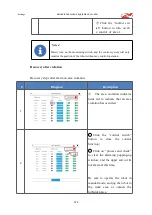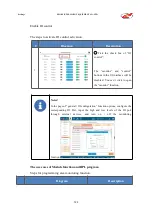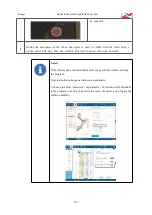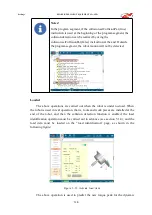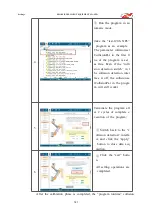
Settings
EFORT INTELLIGENT EQUIPMENT CO.,LTD
133
object.
Detection principle
ECR series robots adopt collision detection algorithm based on dynamics.
Before leaving the factory, the robot has established a dynamic model and recorded
the torque peaks of six joint motors. These data are based on the no-load state (i.e.
no tools are installed at the end of the robot).
When the robot collides, the corresponding joint motor will produce actual
torque during the collision. If the torque value exceeds the torque peak set at the
factory, then the system will determine that the collision has occurred.
However, due to slight jitter in robot motion and slight structural differences
between batches, false alarm is easy to occur if it is strictly based on the torque peak
at the time of delivery. In order to avoid false alarm, users need to set a “threshold”
according to their own use situation, that is, to increase the value based on the peak
value of force moment, so as to reduce false alarm.
Each setting item in the “collision detection” page allows users to customize a
set of “error thresholds”,
Of which:
Error threshold = Collision sensitivity × Rated torque;
Figure 5-32 Interface elements of collision sensitivity
Table 5-14 Description of interface elements
#
Name
Description
1
Basic collision value
Used to set the basic sensitivity of each axis;
2
Collision sensitivity
includes:


